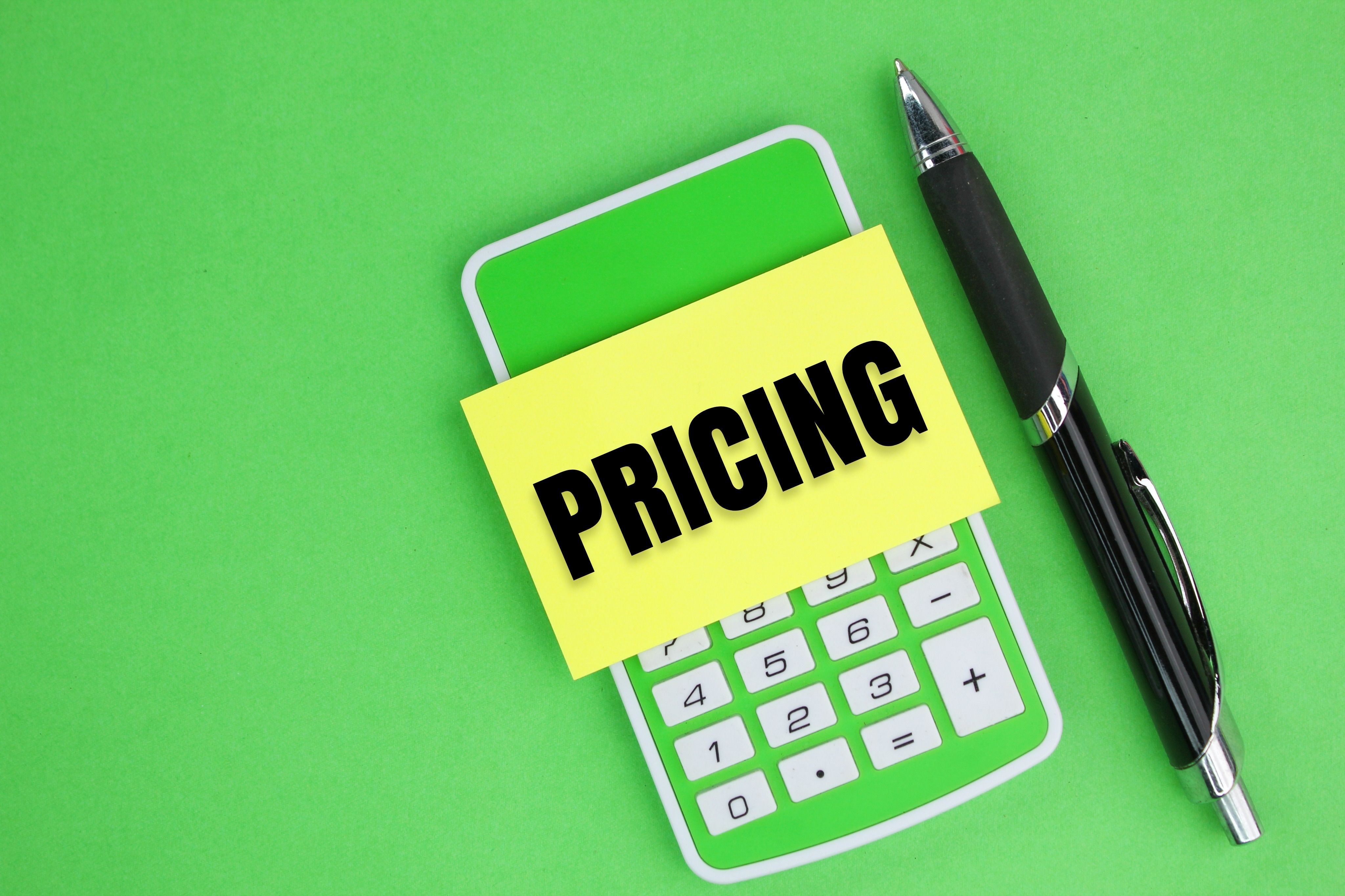
Frameworks, core principles and top case studies for SaaS pricing, learnt and refined over 28+ years of SaaS-monetization experience.
Thank you! Your submission has been received!
Oops! Something went wrong while submitting the form.
Saas


Pricing is the primary monetization mechanism for SaaS companies, yet many teams spend just a few hours on pricing decisions and end up defaulting to whatever model their competitors use. To build a durable revenue engine in 2025 and beyond, leaders need a clear understanding of how different models work, who they serve best and how to structure them to maximize both customer value and profitability. A study of 512 SaaS businesses showed that optimizing pricing (monetization) is four times more effective at driving growth than focusing solely on customer acquisition , underscoring the importance of deliberate model selection. The models below are compiled from research by Cobloom, Stripe, Thales, CloudZero and other experts .
Different pricing models exist because SaaS products vary in complexity, cost structure and customer usage. Flat‑rate pricing charges a single fee regardless of usage; it is simple and transparent but lacks flexibility and often fails to capture value from large customers . User‑based (per‑seat) pricing scales with the number of users and is easy for buyers to understand, yet it can encourage seat sharing and may not reflect the value delivered when usage is not tied to headcount . Usage‑based or pay‑as‑you‑go pricing ties price to actual consumption (e.g., API calls or data processed), ensuring fairness and aligning costs with value delivered . However, unpredictable bills and revenue variability can make budgeting difficult .
Other models include tiered pricing, where packages bundle features and usage limits at ascending price points; feature‑based pricing, where specific capabilities are sold à la carte; credit‑based models that sell pre‑purchased units (tokens) redeemable for services; and hybrid models combining subscription fees with usage or seat‑based charges . Freemium models offer basic functionality for free to drive adoption but often suffer from low conversion and heavy resource consumption . Each model has advantages and trade‑offs, so the most effective approach often blends elements from multiple models to align with customers’ willingness to pay and usage patterns .
Understanding the pros and cons of each model helps companies match pricing to customer behaviour. Flat‑rate models deliver predictable costs but restrict upselling; usage‑based pricing provides fairness and scalability but introduces revenue volatility. Tiered pricing offers flexibility and segmentation but can confuse buyers if there are too many tiers. Feature‑based and credit‑based models monetize specific value drivers yet require careful packaging to avoid complexity . Hybrid models offer customisation but demand sophisticated billing infrastructure. The infographic below visualises the number of pros and cons associated with common models, serving as a quick comparative reference.
Selecting a pricing model for 2025–2026 requires balancing simplicity, fairness and scalability. Most successful SaaS companies combine multiple models – for example, a base subscription paired with usage‑based overage charges – to ensure predictable revenue while capturing value from heavy users . It’s crucial to revisit pricing regularly; what works at launch may not support later growth as products evolve or customer segments change. Companies should use pricing experimentation and data analysis to validate how different models affect adoption, churn and lifetime value, and adjust accordingly . Ultimately, the right model will depend on your product’s cost structure, customer usage patterns and perceived value.
Join companies like Zoom, DocuSign, and Twilio using our systematic pricing approach to increase revenue by 12-40% year-over-year.